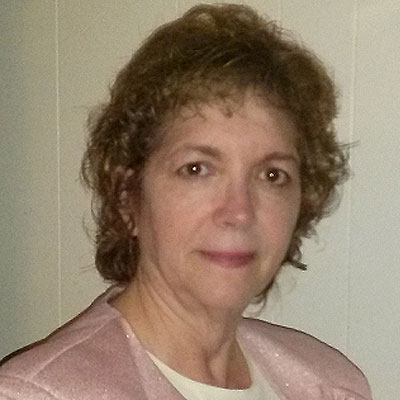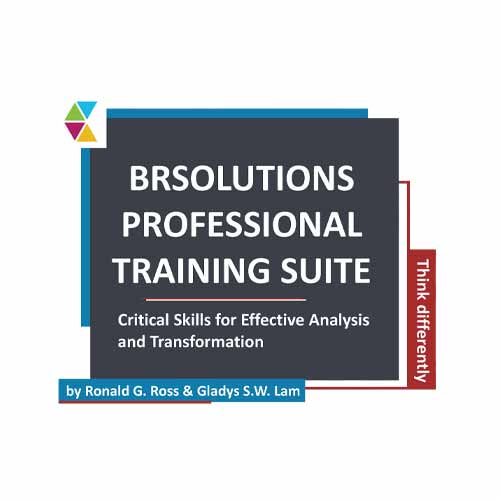Completing the Portrait: When Is the Analysis of a Business Process Finished
My friend who is studying fine art asked me to sit for a portrait; my reward would be to receive the painting when it was completed. As weeks passed, I began to wonder if any progress was being made. She would tell me, "I need to rework this section," and each time it was a different section. After one long and tedious session, I asked if I could see the painting; she was hesitant. "It's still a work in-progress." After so many hours? I assured her I would suspend judgment since the painting was unfinished, and she finally allowed me to view the canvas. I told her it was a flattering portrait and, in my eyes, finished. I wanted to take it home that night. She was adamant there was more work to be done and argument ensued over how many more sittings were needed. I asked her how she determines when a painting is complete. Her response was, "I just keep working until I feel it's done."
I often encounter Business Analysts (BAs) who have the same approach to business process analysis; they keep working until they "feel" the business process is complete. The BA is working without any criteria to determine when the business process analysis is 'done — and then gets stuck in "analysis paralysis," resulting in frustrated stakeholders and, often, their performing work that is out of scope. How does the BA determine when the analysis of a business process is complete?
To determine when the business process is 'done', I use the criteria as discussed in Building Business Solutions by Ron Ross and Gladys S.W. Lam: identify the business scenarios to be modeled and the business milestone for each scenario. When the business milestone is reached for that scenario, the business process is 'done'.
A business process documents the transformation of a business element from creation to end. A scenario describes the business process tasks and flows for a specific circumstance. Just as an artist determines beforehand the composition and elements that will go into the painting, so also the BA must decide beforehand what business scenarios are in scope. For most business domain areas, every scenario cannot be tested; the BA needs to collaborate with the business stakeholders to identify and prioritize the business scenarios to be analyzed and those to be excluded. It may feel unnatural to the BA to purposely eliminate scenarios, but that is the realistic approach to business process analysis.
Each business process and related scenario will have a business milestone; the business milestone is an indicator the business action has been achieved and all the associated business rules have been accomplished. When these two targets have been met, the business scenario for the business process is 'done'.
My portrait may be viewed as unfinished by the artist, but all who view the painting on my wall will declare it is 'done'!
In the words of the modern philosopher Isabella Poretsis:
"Starting something can be easy; it is finishing that is the highest hurdle."
# # #
About our Contributor:
Online Interactive Training Series
In response to a great many requests, Business Rule Solutions now offers at-a-distance learning options. No travel, no backlogs, no hassles. Same great instructors, but with schedules, content and pricing designed to meet the special needs of busy professionals.











